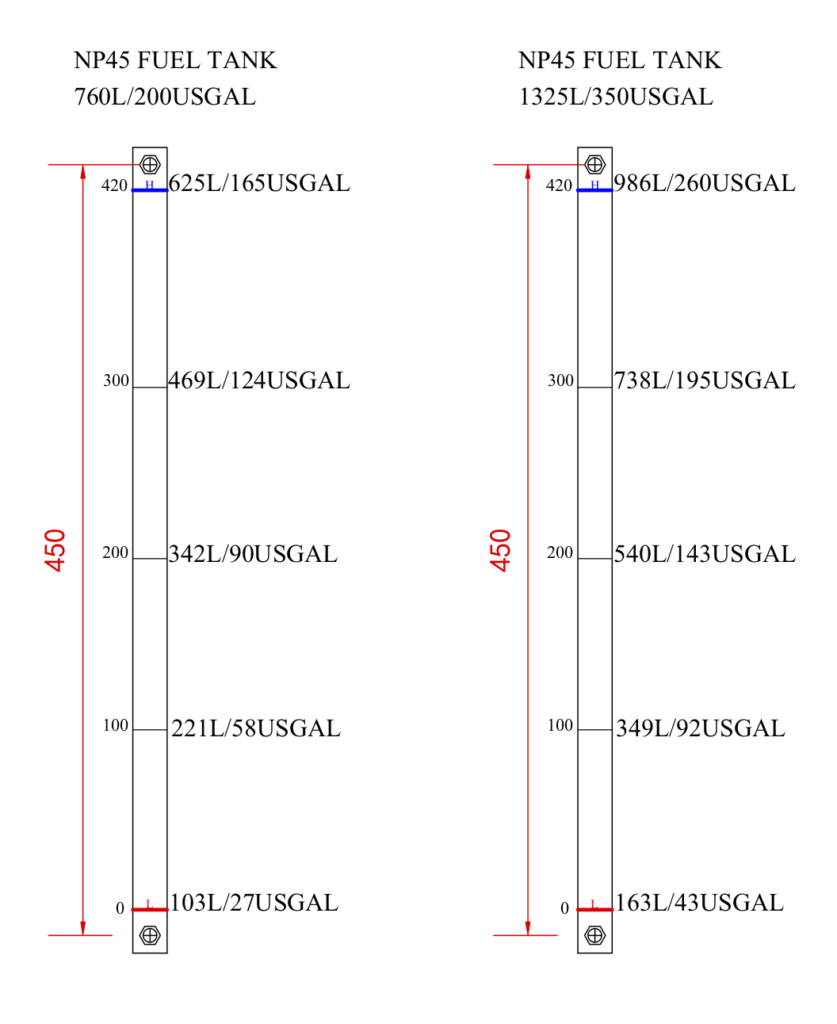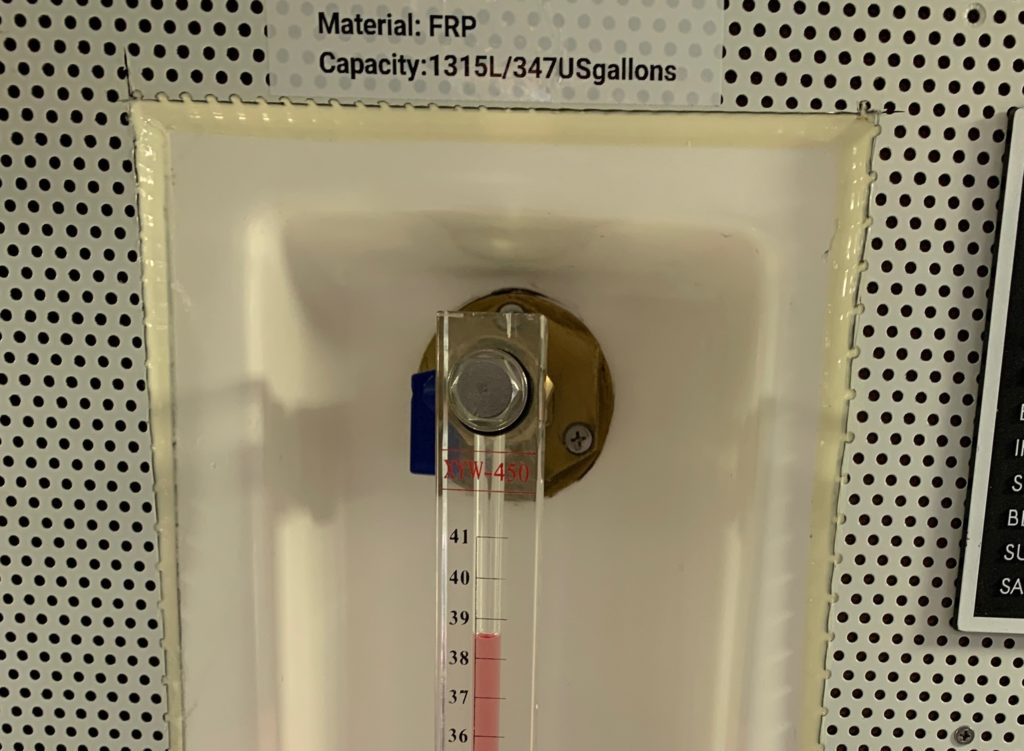I met some new North Pacific customers the other day and they reminded me that I have one of the most popular North Pacific Enthusiast Sites on the Internet. All four of my readers demand content! (Just kidding, it was lovely meeting you – hope your build goes smoothly!).
Turtle has float gauges in her fuel tanks. Also, the engine data is not currently bridged to the NMEA 2000 network. This means that my fuel levels are ballpark and the burn rate that I get from the engine only shows up on one gauge, and can’t be used for calculations on the chart plotter. So, if I want MPG or average burn at different speeds, it’s a manual calculation. Not a big deal, but kind of a pain, given there’s more than enough compute on board to record this. [Apparently, I can bridge the engine data to the NMEA 2000 network via the Mercury vessel view, but I just don’t care enough right now].
Anyway, there are also site gauges on the tanks. We did a fuel up trip to Des Moines.
- 320 gallons total @ $2.659/gal
- Starboard – 182 gallons going from 8.5 to 41 on the site gauge. Float gauge went from 1/5 tank to 3/5 tank.
- Port – 138 gallons going from 12.5 to 38.5 on the site gauge. Float gauge went from 1/4 tank to 3/5 tank (I put more in the starboard to counteract the list caused by the dinghy motor – that’s a subject for another post).
While there, I noticed that the top of the site gauge was nowhere near the top of the tank. I gave Trevor a call and he sent me the following diagram:

Note that the actual size of the tank is 347 gal.

Regardless this means that:
- When the fuel is at the top of the site gauge, I have ~87 more gallons to fill in the tank
- When it is at the bottom, I have ~43 more gallons
With 694 gallons total, 25% of the total fuel capacity is above the site gauges and 12.4% is below. Said another way, at my typical 3 gph / 7 kt burn rate, 406 miles are above the gauges and 200 are below (with a total range of ~1619 nm). Currents, conditions, variable speed, generator, hydronic all notwithstanding…
I also know the general shape of the tank from early drawings.

Sizes are in mm. After some very back-of-the-napkin math to convert 347 gallons to cubic mm – in a tank with an upside-down parallelogram-trapezoid-ish shape, each tick on the site gauge is ~5.5 gallons – more towards the top and less toward the bottom. So, basically, the level will drop faster as the fuel is drained from the tank.
Ultimately, I should get some better fuel sensors in the tanks and bridge them to the chartplotter so I don’t need to futz with this. But, now that I figured it out, it hardly seems worth it.
